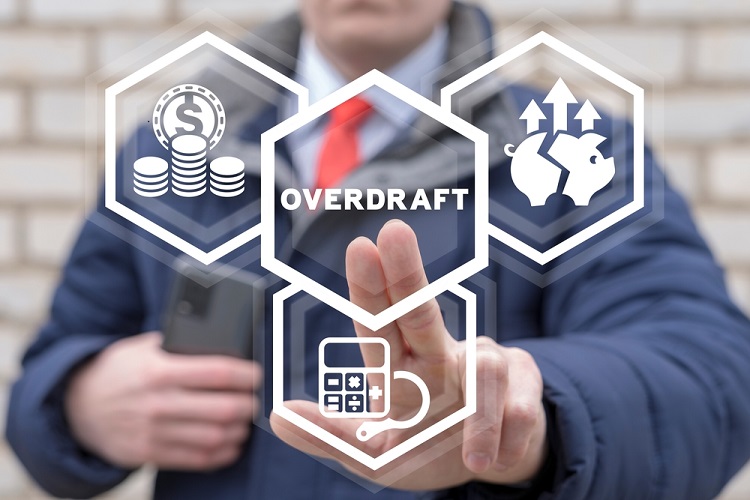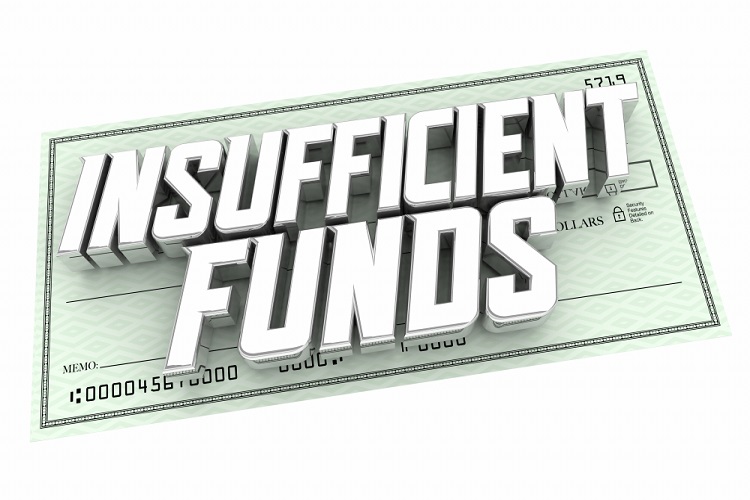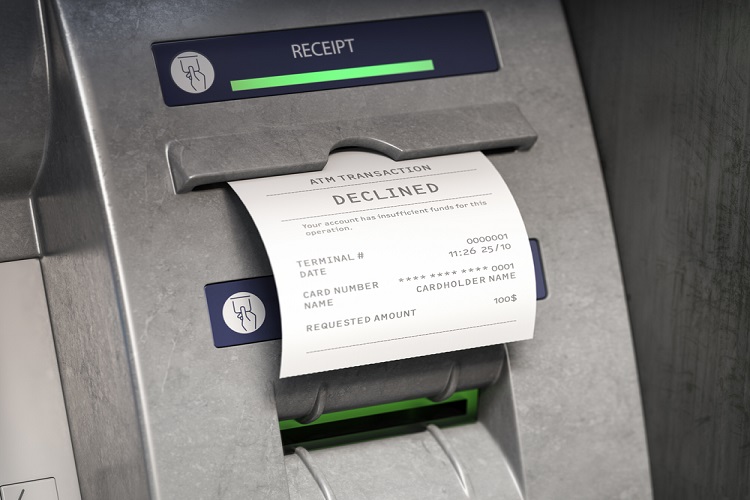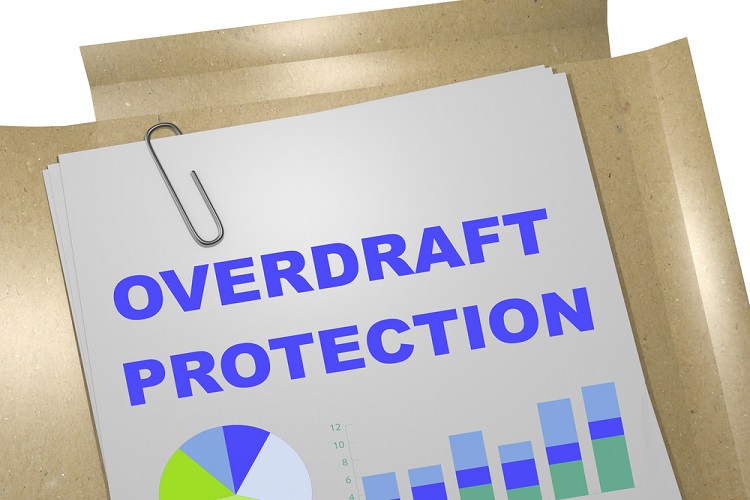How To Avoid Overdraft Fees
If you’ve ever been close to having a super low balance in your bank account, you know your bank could probably charge you all sorts of fees, such as overdraft fees. Overdraft fees are a kind of penalty from banks for spending more money than what’s available in your account and they are quite costly. Overdraft fees are usually around $40, give or take.

The Inner Workings Of Overdraft Fees
You’re hit with an overdraft fee when your account funds can’t cover a transaction like a bill payment, a withdrawal, or a check, but the bank allows the transaction to be processed regardless. The bank will cover whatever the difference is and requires the money to be paid back, with a little extra.
That “little extra” is an overdraft fee. When your account goes into a negative balance and it covers your transaction, you get penalized for not having the necessary funds. When this happens, your account becomes ‘overdrawn.’

The Difference Between NSF Fees And Overdraft Fees
If you don’t have overdraft protection, any pending transactions or purchases will be declined. Having the protection in place could prevent that mortifying feeling of getting your purchase declined in front of a long line of people or coming back empty-handed from an ATM. The only upside is you won’t get charged any fees.
Paper checks and automatic payments could still be processed when your funds are low, regardless of the overdraft protection in place or not. Your check will bounce or payment will be declined and your bank could charge you what’s called a non-sufficient funds fee. A non-sufficient funds fee, or NSF, could have a similar cost to an overdraft fee.
There are some banks that simply don’t process checks or payments if you don’t have enough funds. This could save customers from NSF fees. Different banks have different policies so it’s best to check with your financial institution to see what policies they have in place.

Avoiding Overdraft Fees
You have many different ways in which you can avoid those overdraft fees beyond simply declining overdraft protection. Here are a few to consider:
• Monitor your account balance – While this sounds like the obvious move, keeping a close eye on how much money you have in your bank account will ultimately help you steer clear of overspending and leaving your account at zero.
• Set aside some extra funds – Those unexpected expenses will surely come up. You can consider putting a little money into a second bank account so if and when your primary account starts to run low, you can move some funds over to avoid getting charged crazy fees.
• Overdraft protection transfers – The key is to link your primary account to a secondary one so you have a backup. If you link to a credit card or a savings account then your secondary account can cover your transaction automatically. This works if you’re someone who has that extra financial wiggle room.
• Direct deposit – Sign up for direct deposit at your place of work so your bank account will have funds coming in consistently. Overdraft fees will be minimized or even completely eliminated with a regular flow of money.
• Low balance alerts – Sign up to receive notifications from your bank when your balance is declining. Usually, these alerts come in the form of an email or a text so you can take action as soon as possible.

The Takeaway
So when it comes to those pesky fees our financial institutions charge you, the best things you can do are within your power. Check with your bank about the policies they have in place so you can make good choices. Monitor your balance and make sure to have a backup, like a secondary account or direct deposit. Taking little steps to avoid unnecessary fees could help lead you to a more comfortable financial life.
